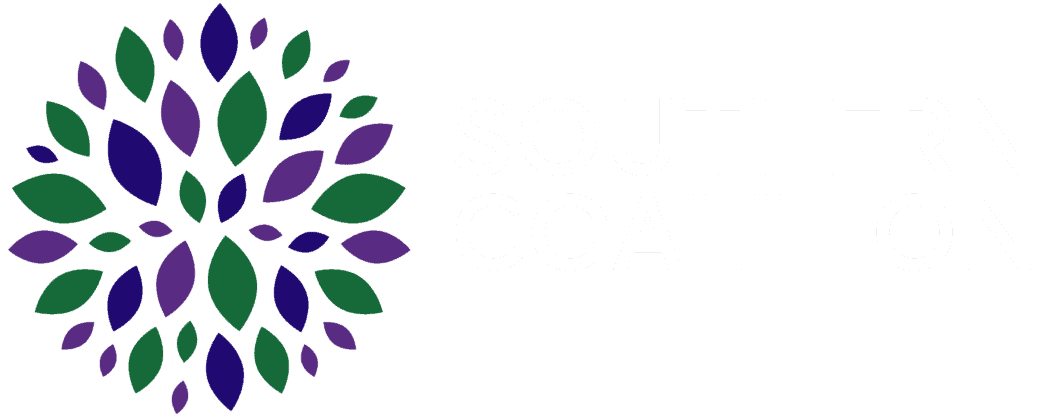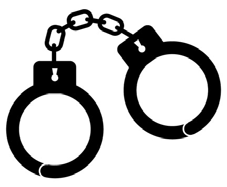|
Schools

|
||||
| Click here to download the PDF version | |||||
|
What are the Racial Equity Report Cards (RERCs)? The RERCs use public data to provide a snapshot of a community’s school-to-prison pipeline, including any racial disproportionalities that exist. What is the school-to-prison pipeline (STPP)? The STPP is the system of policies and practices that push students out of school and into the juvenile and adult criminal systems. The STPP has many entry points. Once students are caught in the pipeline, it can be very difficult for them to reengage and be successful in school. In almost every NC community, students of color are overrepresented at each entry point to the pipeline. What is the purpose of the RERCs? The RERCs are a starting point for community education, discussion, and advocacy. There are many causes of racial disproportionality including implicit racial bias of decision-makers, institutional and structural racism, and explicit discrimination against people of color. Together, these forces fuel racial disproportionality in a community’s STPP. The RERCs are not intended as an attack on the critically important public institutions that serve our youth, but rather, as a call-to-action for students, educators, parents, advocates, policy makers, and stakeholders to collectively examine the causes of racial inequity in their community and develop solutions that will help young people, especially youth of color, avoid and escape the school-to-prison pipeline. Want to learn more? To see RERCs for other school districts or the state, learn more about the RERCs, and access additional resources, visit us at www.southerncoalition.org/resources/racial-equity-report-cards/ |
|||||
|
School Year
|
| % of Students in Grades 3-8 Scoring "College and Career Ready" on End-of-Grade Exams * | |
| % of Students in Grades 9-12 Scoring "College and Career Ready" on End-of-Course Exams * | |
| % of Students Who Graduate High School Within 4 Years of Entering * |
|
|||||||||||
|
% of Short-Term Suspensions by Race†
School Year 2018-19
School Year
Short-Term Suspension Rates by Race†
School Year 2018-19
School Year
|
|
% of Juvenile Complaints in County that were School Based
July
2023-June 2024
|
|
% of School-Based Complaints by Race
School Year
|
% of Students in District by Race
School Year
|
|
Data Notes: *Lack of data in a category indicates the district did not have sufficient data for reporting in that category. Percentages greater than 95 or less than 5 are reported by the state as >95 and <5 respectively. Here, they are displayed as 95 and 5 respectively. † In some instances, it is impossible to know the exact number of suspensions for a racial group because of the way suspension data is publicly reported. If there is enough data to approximate percentages or rates by race, the RERCs display those approximations. All approximations are equal to or slightly lower than the actual percentages or rates. |



